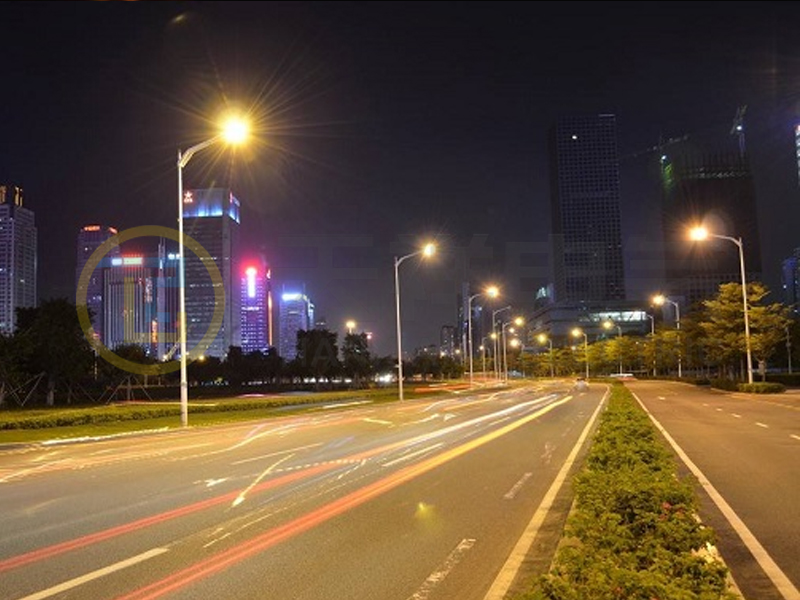Urban lighting solutions play a vital role in improving the safety, aesthetics and functionality of urban environments. As cities continue to grow and develop, the need for effective and sustainable lighting solutions has never been greater. Among the various options available, LED street lights have become the first choice for urban lighting. This article explores how to design urban lighting solutions focused on LED streetlights, taking into account factors such as energy efficiency, safety, aesthetics, and community engagement.
Understand the importance of urban lighting
Urban lighting doesn’t just light up the streets; It has many uses. Well-designed lighting solutions can improve safety by reducing crime and accidents, enhance the visual appeal of public spaces, and promote social interaction. In addition, effective urban lighting can promote environmental sustainability by minimizing energy consumption and reducing light pollution.
Designing effective urban lighting solutions
When designing urban lighting solutions, especially LED street lights, the following factors must be considered:
1. Assessment environment
Before implementing any lighting solution, the specific environment in which street lights will be installed must be assessed. Factors such as street type (residential, commercial, or industrial), pedestrian traffic, and existing infrastructure should be evaluated. This evaluation will help determine appropriate brightness levels, lamp placement, and design features.
2.Determine light level
The Commission Internationale de l’Eclairage (CIE) provides guidance on recommended illumination levels for various urban environments. For example, residential areas may require lower light levels compared to commercial areas. It is crucial to strike a balance between providing adequate safety lighting and avoiding excessive brightness that can cause light pollution.
3. Choose the right lighting
Choosing the right LED luminaire is crucial to achieving the desired lighting effect. Factors to consider include:
- Light Fixture Design: The design of the luminaire should complement the urban landscape while providing optimal light distribution. Options range from traditional entablature designs to modern and stylish fixtures.
- Color Temperature: The color temperature of LED lights affects the ambience of the area. Higher temperatures (2700K-3000K) create a comfortable atmosphere, while lower temperatures (4000K-5000K) are more suitable for commercial areas.
- Optics: The optics of a light fixture determine how light is distributed. The right optics can minimize glare and ensure light is directed where it’s needed most.
4. Integrate smart technology
Incorporating smart technology into urban lighting solutions can enhance their functionality. Features such as motion sensors can adjust light levels based on pedestrian traffic, while remote monitoring systems can alert maintenance teams of power outages or failures. Smart lighting can also be dimmed during off-peak hours, further saving energy.
5. Involve the community
Community engagement is an important aspect of designing urban lighting solutions. Involving local residents in the planning process can provide valuable insights into their needs and preferences. Public consultations, surveys and workshops can help gather feedback on proposed lighting designs, ensuring the final solution reflects the community’s vision.
6. Sustainability considerations
Sustainability should be a primary consideration in any urban lighting design. In addition to using energy-efficient LED technology, cities can also explore options such as solar street lights or fixtures made from recycled materials. Implementing sustainable practices not only benefits the environment but also enhances the city’s reputation as a forward-thinking, eco-friendly place to live.
In conclusion
Designing effective urban lighting solutions using LED street lights requires a comprehensive approach that considers energy efficiency, safety, aesthetics and community engagement. By harnessing the benefits of LED technology and incorporating smart features, cities can create bright environments that improve the quality of life for residents and visitors. As urban areas continue to grow, investing in innovative lighting solutions is critical to fostering safe, vibrant and sustainable communities.
Post time: Oct-24-2024





